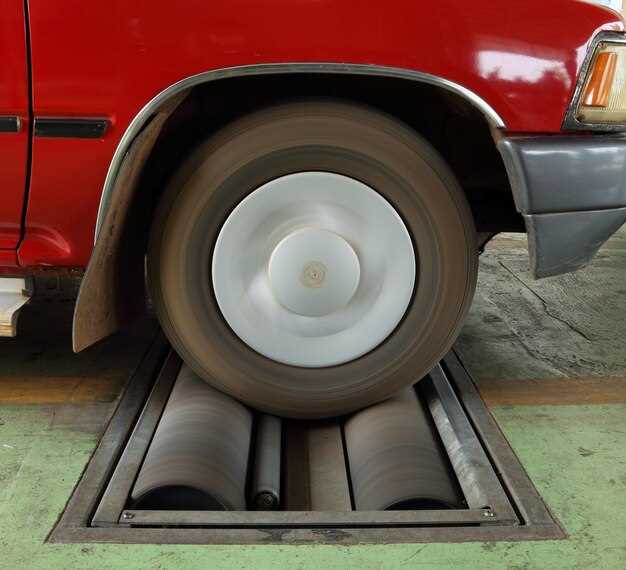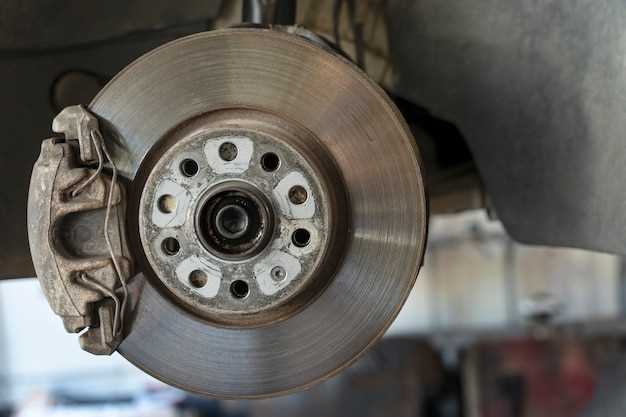
The 1970s marked a transformative era for the automotive industry, characterized by a significant shift in design and engineering priorities. As car manufacturers began to respond to growing safety concerns and regulatory demands, vehicles of this decade became an important focal point for upgrades in braking systems and overall safety features. These improvements were not merely reactive measures; they represented a crucial step towards safer driving experiences that continue to influence modern vehicles.
Upgrading the braking systems in 1970s cars involved the adoption of more advanced technologies that enhanced stopping power and reliability. Disc brakes became increasingly common, replacing the traditional drum brakes that had been standard up to that point. This transition not only improved performance in emergency situations but also contributed to more predictable handling in various driving conditions.
Safety features in 70s cars were also evolving, with manufacturers implementing innovations such as seat belts with pre-tensioners, energy-absorbing steering columns, and reinforced passenger compartments. These enhancements were designed to minimize injury during collisions, reflecting a growing awareness of the need for robust safety measures. By prioritizing these upgrades, car makers laid the groundwork for future advancements that would define vehicle safety standards in the decades to come.
Upgrading Disc Brake Systems for Enhanced Stopping Power

Upgrading the disc brake systems in 70s cars is a crucial step toward enhancing both performance and safety. The original braking systems of many classic vehicles often fall short of modern standards, making upgrades essential for improved stopping power. By replacing outdated components, drivers can experience a significant increase in braking efficiency.
One effective upgrade involves installing larger disc brake rotors. Larger rotors provide increased surface area for friction, which translates into better stopping abilities. Additionally, choosing vented rotors can help dissipate heat more effectively, reducing brake fade during prolonged use.
Another important consideration is the choice of brake pads. High-performance ceramic or metallic pads can offer superior grip compared to standard options. These upgraded pads maintain their effectiveness at higher temperatures, ensuring reliable performance even under heavy braking conditions. This improvement directly contributes to overall vehicle safety.
Caliper upgrades are also vital in enhancing disc brake functionality. Multi-piston calipers provide a more even distribution of force on the rotor, resulting in more responsive braking. This upgrade not only boosts stopping power but also enhances pedal feel, offering drivers greater control during emergency situations.
Lastly, investing in a quality master cylinder is essential for ensuring that the upgraded disc brake system operates effectively. A high-capacity master cylinder can deliver the necessary hydraulic pressure to the new components, ensuring optimal performance.
In conclusion, upgrading the disc brake systems in 70s cars significantly improves stopping power and overall safety. By implementing larger rotors, high-performance pads, multi-piston calipers, and an upgraded master cylinder, enthusiasts can enjoy enhanced reliability and peace of mind on the road.
Implementing Modern Safety Features Without Altering Original Design

Upgrading safety features in classic 70s cars is essential for enhancing driver and passenger safety while preserving the vehicle’s original aesthetic. Innovative solutions can be integrated discreetly, allowing enthusiasts to enjoy modern benefits without compromising the car’s vintage charm.
One effective method is to install modern brake systems that fit within the confines of the car’s original design. For example, using disc brakes adapted from contemporary models can significantly improve stopping power while maintaining the classic appearance. These upgrades can often be completed with minimal alterations to the existing brake components.
Another avenue for enhancement lies in the addition of seat belts that incorporate modern safety technology. By retrofitting three-point seat belts that use the existing mounting points of two-point belts, the original look can be preserved while providing increased protection in the event of an accident.
Implementing LED lighting for turn signals and brake lights can also modernize a 70s car’s safety features. These lights are brighter, more visible, and consume less energy than traditional bulbs, thus improving safety without altering the car’s period style.
Furthermore, adding a discreet backup camera can significantly enhance parking safety, offering modern convenience while blending seamlessly into the car’s design. Many options are available that can be installed with hidden displays or integrate into existing mirrors, ensuring that the original dashboard feels largely untouched.
Lastly, consider incorporating tire pressure monitoring systems. These systems can be discreetly added to existing wheels without noticeable alteration, enhancing safety by ensuring optimal tire condition while driving.
By employing these strategies, classic car enthusiasts can embrace modern safety advancements and significantly upgrade their vehicles, ensuring both safety and style are preserved.
Choosing the Right Tires for Improved Traction and Handling
Selecting the appropriate tires is crucial for enhancing the overall performance of 70s cars, particularly regarding traction and handling. An upgrade in tire technology can significantly influence how well a vehicle responds to driver inputs, making it essential to understand the various options available.
When considering tires, one should prioritize compound and tread design. Tires made from advanced rubber compounds provide better grip on both wet and dry surfaces. Look for performance tires with unique tread patterns that promote effective water dispersion, reducing the risk of hydroplaning and improving brake efficiency during sudden stops.
Additionally, tire width plays a vital role in traction. Wider tires increase the contact patch with the road, enhancing grip during acceleration and cornering. However, this also means that the vehicle may require a slight adjustment in alignment to ensure stability and optimal handling characteristics.
Another element to consider is the aspect ratio. Tires with a low aspect ratio offer improved handling and responsiveness but may sacrifice some comfort. Finding the right balance between performance and comfort is key, especially for classic cars that were not originally designed with modern driving demands in mind.
Moreover, the type of driving you intend to do affects tire choice. For daily driving, all-season tires may suffice, but for spirited driving or track use, performance tires will provide the necessary grip and control to enhance your driving experience. Always consider the specific needs of your vehicle and driving habits when making your selection.
In conclusion, choosing the right tires is an essential step when upgrading your 70s car’s braking and handling capabilities. By investing in high-quality tires tailored to your driving style, you can significantly improve both traction and safety on the road.




